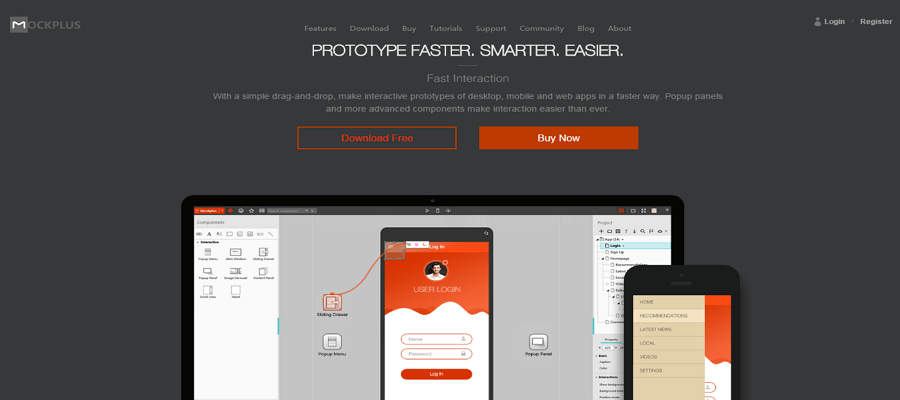Html Tool For Mac
- Go to a function declaration (if currently-open file is HTML or a script), or a rule set (if currently-open file is a stylesheet) Press Command + Shift + O, then type in the name of the declaration / rule set, or select it from the list of options.
- Unfortunately, Microsoft isn't providing a RemoteFX client for the Mac. ThinLinX's Hot-e-V, available for $14.99 in the Mac App Store, means that we Mac users aren't locked out of playing.
- The best SQLite GUI Tool for Mac - TablePlus May 17, 2018 TablePlus provides a SQLite client on Mac with many GUI tools that allow you to access, browse, query, manipulate and save your SQLite database in a very easy and secure way.
A free open-source, cross-platform network tool, Angry IP Scanner scans IP addresses and ports. It can resolve an IP address' hostname, determine its MAC address, scan ports, and more.
Chrome DevTools is a set of web developer tools built directly into the GoogleChrome browser. DevTools can help you editpages on-the-fly and diagnose problems quickly, which ultimately helps you build betterwebsites, faster.
Check out the video for live demonstrations of core DevTools workflows, including debugging CSS,prototyping CSS, debugging JavaScript, and analyzing load performance.
Open DevTools
There are many ways to open DevTools, because different users want quick access to differentparts of the DevTools UI.

- When you want to work with the DOM or CSS, right-click an element on the page and select Inspectto jump into the Elements panel. Or press Command+Option+C (Mac) orControl+Shift+C (Windows, Linux, Chrome OS).
- When you want to see logged messages or run JavaScript, press Command+Option+J(Mac) or Control+Shift+J (Windows, Linux, Chrome OS) tojump straight into the Console panel.
See Open Chrome DevTools for more details and workflows.
Get started
If you're a more experienced web developer, here are the recommended starting points for learning howDevTools can improve your productivity:

Discover DevTools
The DevTools UI can be a little overwhelming... there are so many tabs! But, if you take sometime to get familiar with each tab to understand what's possible, you may discover that DevToolscan seriously boost your productivity.
Note: In the DevTools docs, the top-level tabs are called panels.Device Mode
Simulate mobile devices.
Elements panel
View and change the DOM and CSS.
Console panel
View messages and run JavaScript from the Console.
Sources panel
Debug JavaScript, persist changes made in DevTools across page reloads,save and run snippets of JavaScript, and save changes that you make in DevTools to disk.
Network panel
View and debug network activity.
Performance panel
Note: In Chrome 58 the Timeline panel was renamed to the Performance panel.Find ways to improve load and runtime performance.
Memory panel
Note: In Chrome 58 the Profiles panel was renamed to the Memory panel.Profile memory usage and track down leaks.
Application panel
Inspect all resources that are loaded, including IndexedDB or Web SQL databases, local andsession storage, cookies, Application Cache, images, fonts, and stylesheets.
Security panel
Debug mixed content issues, certificate problems, and more.
Community
The best place to file feature requests for Chrome DevTools is the mailing list.The team needs to understand use cases, gauge community interest, and discussfeasibility before implementing any new features.
File bug reports in Crbug, which is the engineering team's bug tracker.
If you want to alert us to a bug or feature request but don't have much time,you're welcome to send a tweet to @ChromeDevTools. We reply and sendannouncements from the account regularly.

For help with using DevTools, Stack Overflow is the best channel.
To file bugs or feature requests on the DevTools docs, open a GitHub issueon the Web Fundamentals repository.
DevTools also has a Slack channel, but the team doesn't monitor itconsistently.